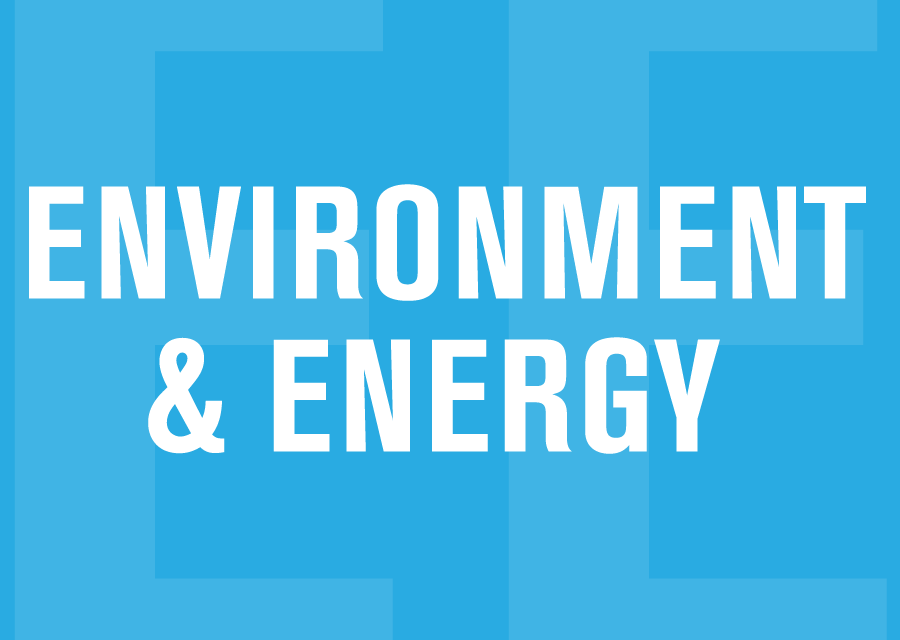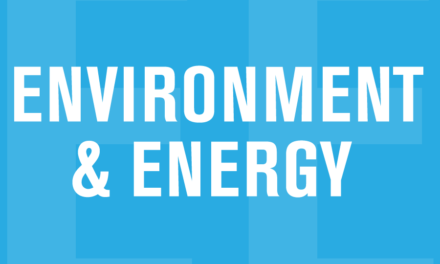Talk about strange, um, bedpersons. Elizabeth May has joined Andrew Scheer in a quest to eliminate oil imports. In announcing the Green Party’s 20-point climate action plan this week, May called for an end to imports of foreign oil. Last week Scheer, launching the first of five pre-campaign speeches designed to lay out a “Conservative vision” for the country, was even more ambitious. He vowed to put an end “once and for all” to all foreign energy imports, not just oil.
At the risk of going out on a limb, it’s safe to say the motivations behind the two proposals were very different. Scheer, leader of Canada’s oil and gas party (OGP), can reasonably be accused of using the cloak of “energy independence” to advance his goal of a pipeline to the Maritimes – a $15-billion project to replace a thimbleful of locally-consumed imported oil with a flagon of oil sands bitumen for export.
May’s explanation is more transparent. She says the Greens want to “turn off the tap to oil imports” to ease the impact on Alberta from the rest of the Green platform, which is topped by a pledge to cut GHG emissions 60 per cent by 2030. It seems to make some sense. If we have to make drastic cuts in fossil fuel use to slash GHG emissions, better we ban imports and save Canadian jobs, at least for a while. And unlike the Conservatives, the Greens are not in favour of a pipeline. They want to move the product by rail car while upgrading refineries to handle bitumen from the oil sands.
Unfortunately, by focusing on oil imports, the Greens are playing right into the on-going “ethical oil” myth – the propaganda campaign which demonizes oil imports from dodgy jurisdictions while promoting further oil sands development as a patriotic quest to achieve energy independence and striking a blow for democracy abroad. [i]
Self sufficient
The import ban-energy independence refrain is based largely on deception or misunderstanding, take your pick. With respect to energy independence, Canada is already energy self-sufficient, in the sense that we export far more oil, natural gas and electricity than we import. For oil, the ratio is seven and a half to one – exports over imports, as reported by National Energy Board. [ii]
In 2018, Canada exported more than 4,000 thousand barrels a day (mb/d) and imported a bit over 590 thousand (mb/d). Nearly two-thirds of the imports were from the United States. The rest came from nine different countries, some of them naughty (Saudi Arabia) and some of them nice (Norway and the UK).
The demand for those imports, as pointed out here, is the result of several factors:
- the pipeline from Western Canada terminates in Montreal;
- most of the oil produced offshore Newfoundland is exported to the U.S. or Europe instead of being used in the Maritimes, and
- the region has two oil refineries processing imported oil, the bulk of which is re-exported to the U.S.
The first thing to recall is that the Newfoundland offshore produces enough oil to meet the needs of Atlantic Canada. This region would be freed from day-to-day dependence on oil imports if instead of exporting most of Newfoundland’s 220 mb/d output, we kept it at home. This would meet the 160 mb/d demand of Atlantic Canadians and the remaining 60 mb/d output would put a big dent in Quebec’s foreign imports, which totalled 153 mb/d last year.
Under the old North American Free Trade Agreement the “proportionality clause,” inserted back in the late 1980s to please the Americans and Albertans, may have made a cut in exports from offshore Newfoundland to the U.S. difficult to accomplish. But the NAFTA replacement, still being debated, removes the clause. So oil independence – in the sense of meeting Canadians’ oil needs with Canadian oil – may soon be achievable.
Refineries affected
The scenario in which imports are banned and Newfoundland offshore oil is directed to meet Canadian needs leaves the Irving and Come-by-Chance refineries in a bit of a pickle. In 2018, 55 per cent of oil imports went to those refineries, brought in mainly by marine tanker. Some of the refined product was used in Canada, but most of it was exported, primarily to the eastern seaboard of the U.S.
So essentially, if Newfoundland’s oil production stays in Canada, almost all the oil coming into the country would be refined and shipped back out again. The fact that the operations of a couple of refineries depend on imports does not make a region import dependent.
Under an import ban, Come-by-Chance, with a capacity of 115 mb/d could be kept busy refining Newfoundland’s offshore oil to meet some of the needs of Atlantic Canada and Quebec. Irving could handle the rest, but would be using only about one-third of the refinery’s 300 mb/d capacity. That’s where a modest increase in oil from Western Canada would come in handy.
But the idea of increasing rail shipments just to maintain export capacity and jobs at the Irving refinery is a tricky one. Recall that it was the explosion of a train carrying oil from North Dakota to the Irving refinery that caused the 2013 Lac Megantic tragedy. Remembering that event, Quebeckers may be as negative to the Green oil-by-rail proposal as they were to the Energy East pipeline – or its successor – still being pushed by the Conservatives and the rest of the ethical oil crowd.
In any case, practicality is not my concern with the Greens’ proposed import ban. It’s about as likely to be implemented as the Greens are to win the next election. The real problem is the unintended consequence of the proposal. It plays into the hands of partisan supporters of the oil industry who sail under the false flag of energy independence to further the goal of more pipelines to ship more and more bitumen from the oil sands.
While one can appreciate the sentiment behind it, it’s best to forget about the Greens’ proposed import ban, leave well enough alone for the sake of maintaining refinery jobs in the region, and focus on stopping the expansion of fossil fuel infrastructure.
[i] The notion owes its prominence to Rebel Media founder Ezra Levant’s 2010 published screed “Ethical Oil: The Case for Canada’s Oil Sands.”
[ii] For natural gas the export/import ratio is about three and a half to one – 7.8 billion cubic feet daily (bcf/d) exported and 2.2 bcf/d imported in 2018, according to the NEB. For electricity it’s even higher, four point seven to one last year.





